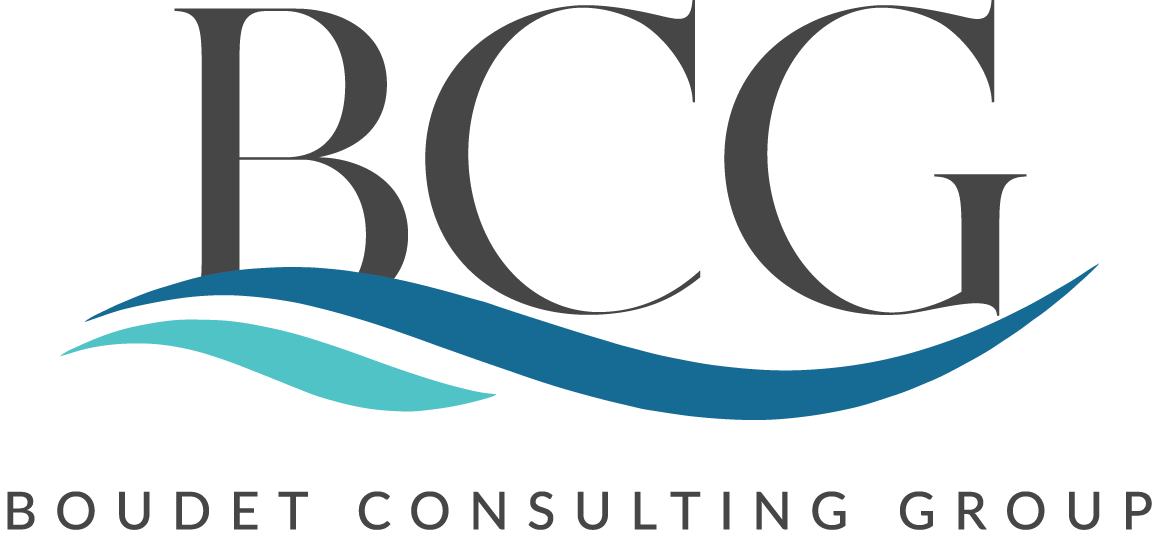Intro:
Most teams don’t think about their wastewater pond until it stinks, turns pea-soup green, or trips a permit limit. By that point, you’re troubleshooting in crisis mode, scrambling to fix a biological system you may not fully understand. The truth is, every pond is built with a purpose, and that purpose dictates how it should be aerated and managed. In many industrial systems, the pond’s depth is the first and most reliable clue – and it’s often the cheapest diagnostic you can run.
Two Different Beasts: Facultative vs. Aeration
Facultative ponds and aeration basins may both look like big bodies of water, but they operate on very different biological principles. Facultative ponds are usually deeper and designed to operate in layers. The upper layer is aerobic, fueled by sunlight, wind, and algae photosynthesis, where oxygen-loving bacteria consume soluble organics. Beneath that lies the facultative zone, a shifting middle layer where oxygen levels rise and fall, giving a home to microbes that can function in either aerobic or anaerobic conditions. At the bottom is the anaerobic zone, where fermentation and methanogens slowly stabilize settled solids.
Aeration basins, by contrast, are generally shallower and designed for speed and control. They operate as fully mixed aerobic systems, with oxygen mechanically supplied throughout the entire depth. The microbial community here is all about rapid BOD removal and, when designed for it, nitrification. There’s no layered stratification – just a consistent, oxygen-rich environment from top to bottom.
Depth Gives It Away
If you’re trying to identify what kind of pond you have, start with the depth. A deeper cell with a calm, undisturbed bottom and clear vertical separation in dissolved oxygen is almost certainly a facultative pond. A shallower basin with uniform mixing patterns, visible diffuser grids, or rolling “boils” at the surface is more likely an aeration basin. A quick vertical DO profile can confirm your hunch: stratified DO readings point toward a facultative pond, while consistent, high oxygen readings from top to bottom point to an aeration basin.
Match Aeration to Biology
This is where many operators go wrong – applying the wrong aeration strategy for the pond type. In facultative ponds, surface aeration is the right tool. Paddlewheels, surface mixers, or aspirators keep the upper layer oxygenated without disrupting the anaerobic processes happening at the bottom. Over-mixing destroys the stratification and can unleash odors from the sludge layer. In aeration basins, subsurface aeration is essential. Fine-bubble diffusers are ideal for high oxygen transfer efficiency, while coarse-bubble systems or mixers can be used to maintain solids in suspension. Here, the goal is to keep the entire water column aerobic and evenly mixed—any dead zones are trouble waiting to happen.
Is Your Pond Doing Its Job?
Healthy facultative ponds typically have a clean, oxygenated surface with a daily swing in dissolved oxygen, a stable sludge blanket, and only occasional, short-lived odor events. Healthy aeration basins maintain a steady dissolved oxygen level throughout, show even mixing, and avoid any signs of black water or septic smell. When things start to slip – low DO, sudden odors, poor settleability—it’s often a sign that the aeration method doesn’t match the pond’s intended design. Simply adding more horsepower isn’t always the answer.
Your 30-Minute Pond Audit
You don’t need a full engineering study to understand your pond. A few quick checks – measuring depth, mapping the aeration equipment, taking a vertical DO profile, and checking sludge levels or solids settleability – can tell you most of what you need to know. From there, aligning your aeration strategy with the pond’s actual design is the fastest way to prevent odor complaints, improve treatment efficiency, and stay ahead of compliance issues.
Call to Action:
If you’re unsure whether your aeration is working with or against your pond’s biology, BCG Water can help. Our Pond Type & Aeration Fit Assessment reads the depth, runs the DO profile, and fine-tunes your run strategy before your next odor call – or your next permit violation. Contact us today to schedule your assessment.

